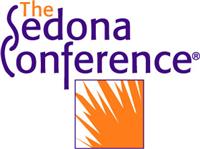Today, companies of all sizes are generating tremendous amounts of intellectual capital as part of their everyday business.
As a way of dealing with all of the content being generated, each of these companies has business process management in place. It may not be a formalized process, and it may not be uniformly used, but there are accepted businesses practices in place for getting work done.
As business, and the amount of content, grows, COO’s, IT, legal and records management are realizing the necessity of having a more formalized workflow process in place. Inherently they know that content must be managed so it can be used to accomplish the goals of the business.
Additionally, for some companies, compliance has become a significant issue. Proper business practices must be followed so that content is properly captured, stored, managed and disposed of at the appropriate and legal time in its lifecycle.
One of the sources of content that is frequently overlooked in the enterprise content management (ECM) process is email. However, email is responsible, either directly or indirectly, for approximately 90% of the business-related communications that take place in an organization – among colleagues, with customers, prospects and suppliers.
Given its ubiquity, email management is inherently a significant part of any ECM, business process management, workflow design process, document management or integrated correspondence management. It is critical that email management be considered each step in the process.
The benefits of business process management, as well as email management, have been acknowledged as significant on many fronts:
- A faster, more reliable, more agile, more responsive company
- Compliant with legal retention requirements
- Improved productivity of employees
- Reduced overhead and server expense
How are you handling email as part of your ECM or business process management initiative?
 Project Managers are unique and multifaceted professionals that often understand multiple functions of your organization.
Project Managers are unique and multifaceted professionals that often understand multiple functions of your organization.

